
Are you thinking about adding a new feline friend to your household? Introducing a new cat or kitten to an existing cat can be both exciting and challenging. While some cats may welcome a companion, others may be territorial and resistant to sharing their space. In this comprehensive guide, we'll explore the essential tips and considerations to help ensure a smooth transition and foster a harmonious multi-cat household.
Getting a new cat or kitten can be a rewarding experience, but it's crucial to understand the potential challenges and take the necessary steps to facilitate a successful introduction. This article will provide valuable insights and strategies to help your new and existing feline companions get along, creating a peaceful and happy home for all.
Preparing for the New Arrival: Considerations Before Bringing Home Another Cat
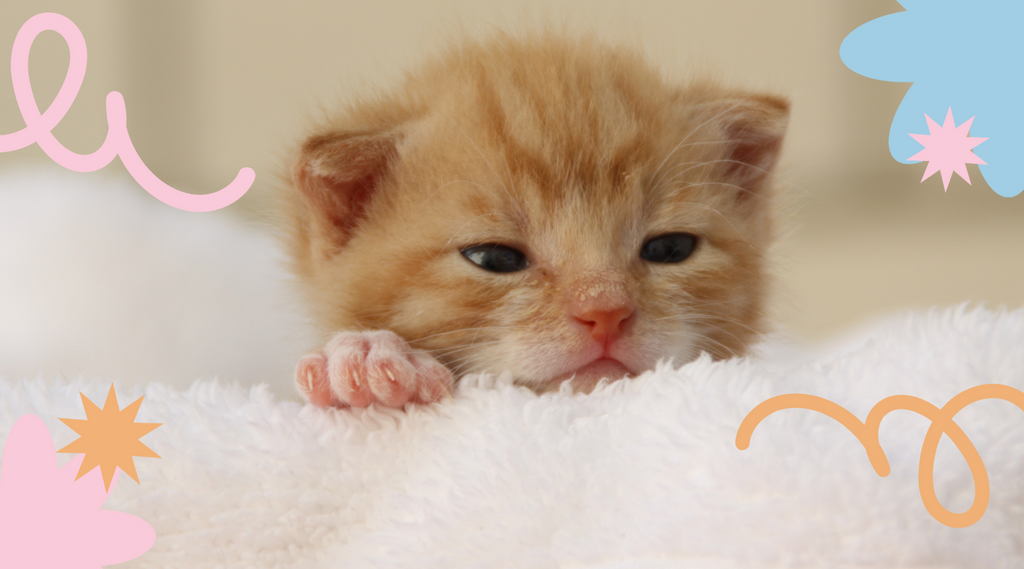
Is Your Current Cat Ready for a Companion?
Not all cats are eager to share their territory with another feline. Before introducing a new cat or kitten, it's essential to assess your existing cat's personality and temperament. Some cats may be more sociable and accepting of a new housemate, while others may be more territorial and resistant to change.
Choosing the Right Cat or Kitten for Your Household
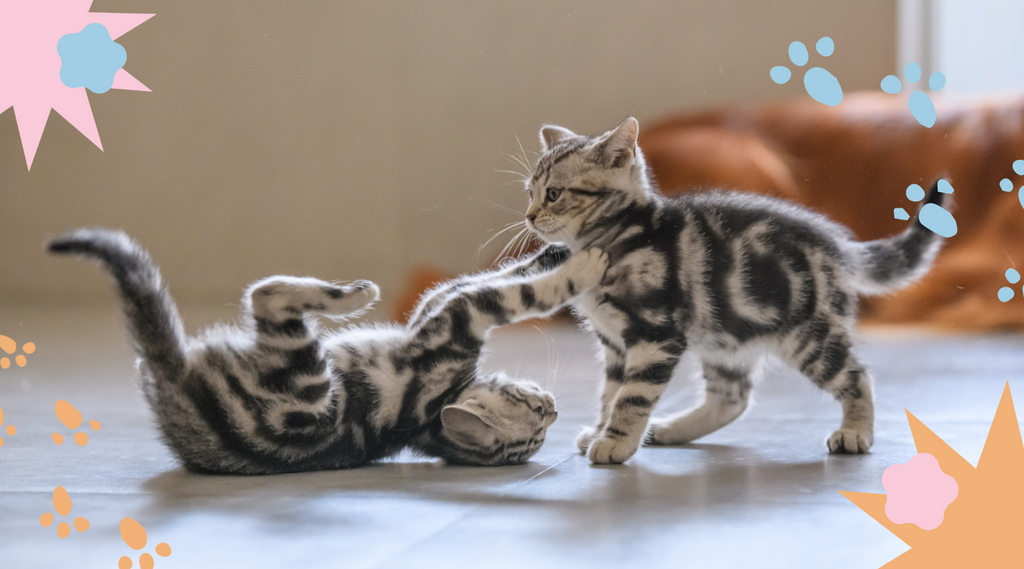
When selecting a new cat or kitten, consider factors such as age, breed, and personality. Kittens may be more easily accepted by an existing cat, while adult cats may have established behaviors and preferences that could make the introduction process more challenging.
Preparing Your Home for Multiple Cats
To create a welcoming environment for your new furry addition, ensure that your home is equipped with separate resources for each cat. This includes litter boxes (one per cat, plus an extra), food and water bowls, scratching posts, and designated resting areas.
The Introduction Process: Step-by-Step Guide
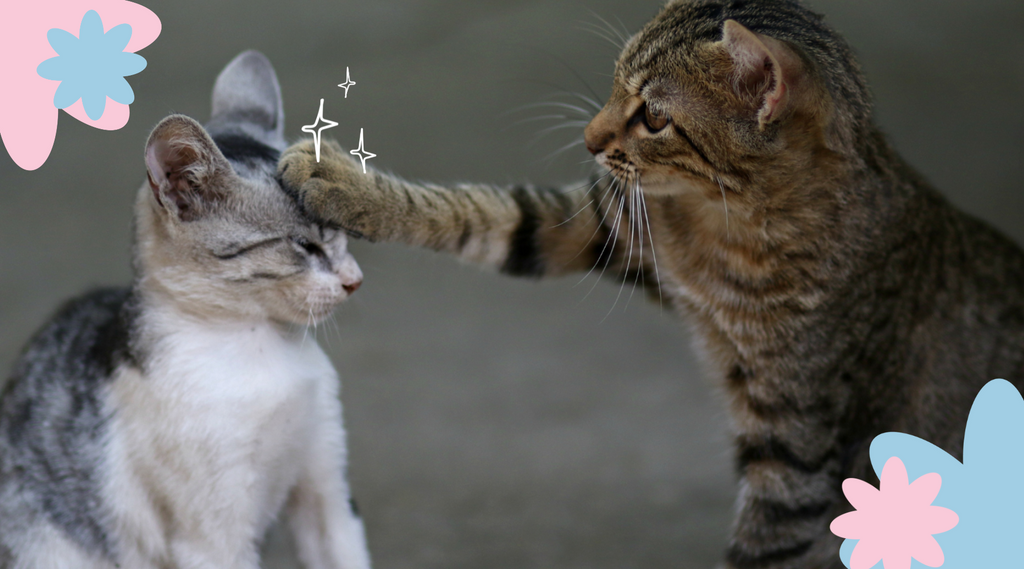
Setting Up a Separate Room for the New Cat or Kitten
Upon bringing your new cat or kitten home, it's essential to provide them with a dedicated room or space. This allows both cats to become accustomed to each other's scents and sounds without direct contact, reducing the risk of territorial aggression or injury.
Gradual Introductions and Positive Associations

Slowly introduce the cats to each other's scents by swapping bedding or toys between their respective areas. This gradual exposure can help them become familiar with each other's presence before a face-to-face meeting.
Supervising Initial Interactions and Reading Body Language
When you're ready for the first face-to-face introduction, supervise the interaction closely and be prepared to separate the cats if necessary. Pay attention to their body language, such as hissing, growling, or raised fur, which may indicate discomfort or aggression.
Maintaining a Harmonious Multi-Cat Household
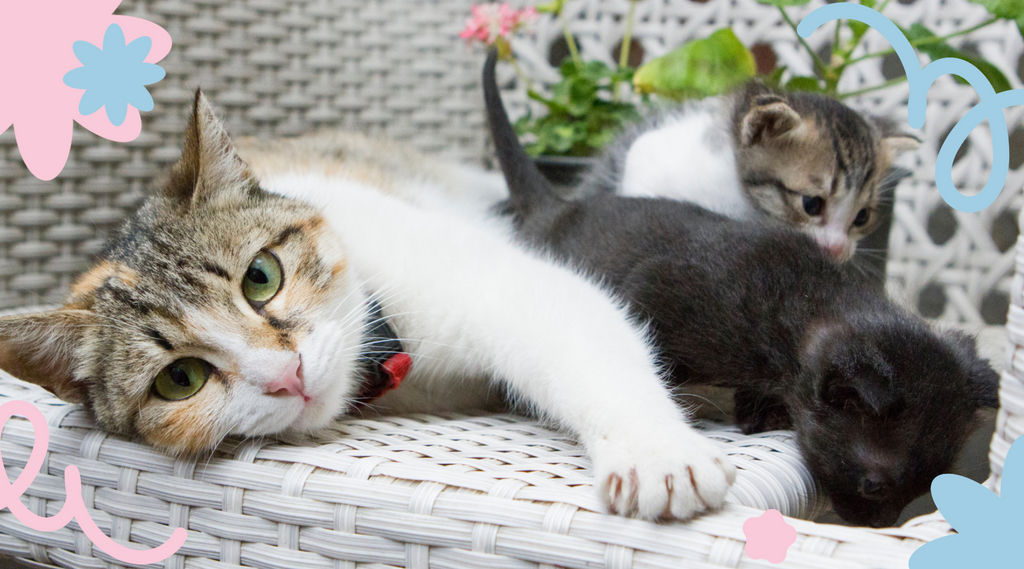
Providing Ample Resources and Enrichment
To prevent resource guarding and territorial disputes, ensure that each cat has their own food and water bowls, litter boxes, scratching posts, and toys. Rotate these resources regularly to avoid one cat claiming ownership over specific items.
Managing Playtime and Attention
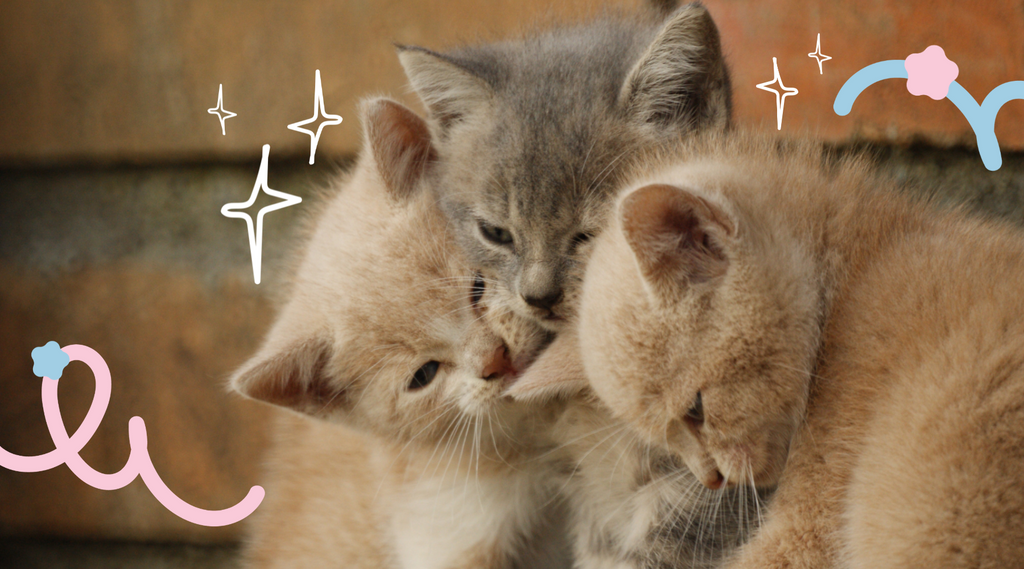
Both cats will require individual attention and playtime to maintain a strong bond with their human companions. This can help prevent jealousy or feelings of neglect, which can lead to behavioral issues.
Addressing Potential Conflicts and Seeking Professional Help
If conflicts between your cats persist or escalate, consider seeking the advice of a certified animal behaviorist or veterinarian. They can provide personalized guidance and strategies to address specific issues and help your feline companions coexist peacefully.
Remember, introducing a new cat or kitten to an existing feline household requires patience, preparation, and a commitment to creating a positive environment for all. By following these tips and remaining attentive to your cats' needs, you can increase the chances of a successful introduction and foster a loving, multi-cat family.
Key Takeaways:
- Assess your existing cat's personality and temperament before introducing a new cat or kitten.
- Choose a new cat or kitten that is compatible with your current pet and household dynamics.
- Provide separate resources (litter boxes, food and water bowls, scratching posts) for each cat.
- Introduce the cats gradually, allowing them to become familiar with each other's scents and sounds.
- Supervise initial interactions and be prepared to separate the cats if necessary.
- Maintain ample resources, enrichment, and individual attention for each cat.
- Address conflicts promptly and seek professional help if needed.
- Be patient and consistent in your efforts to create a harmonious multi-cat household.
